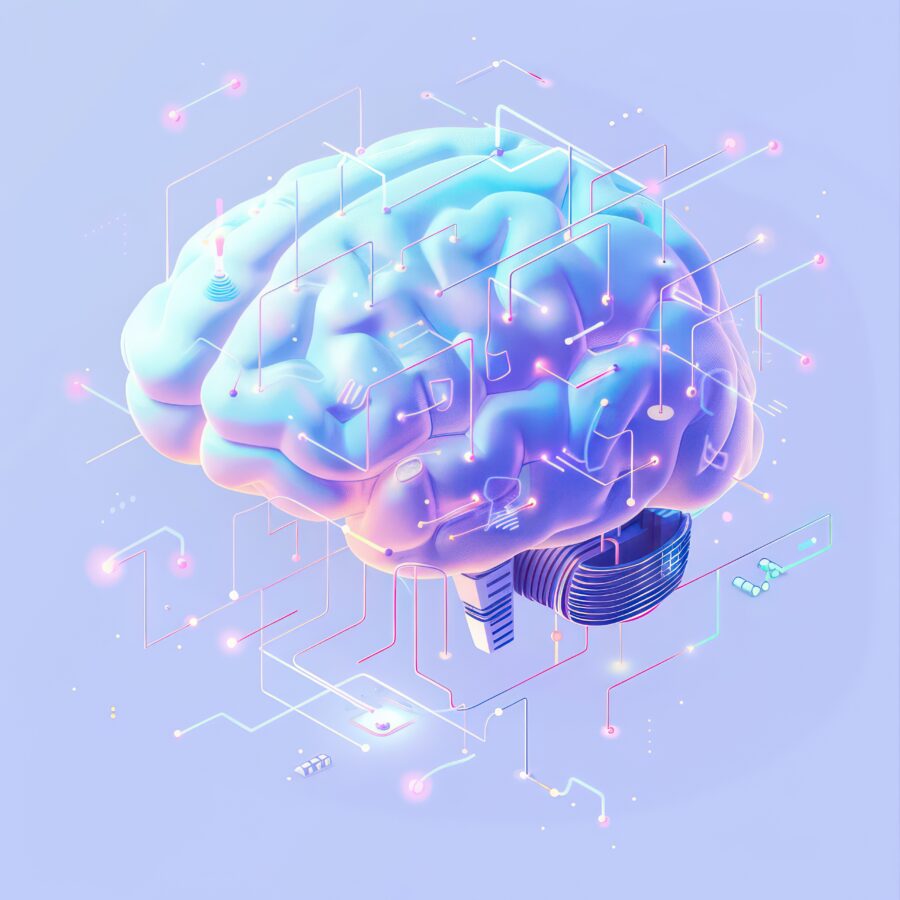
It should be obvious now that what is termed a marginal improvement in AI models are enormous technological leaps and that guardrails for major AI models are a microcosm of AI safety.
The United States is organizing an AI safety summit in November [20 and 21, 2024], before the next major AI safety summit in France in February [10 and 11, 2025]. The agenda of these summits may seem similar to the past with general discussions on AI safety, even as a final iteration of the interim International Scientific Report on the Safety of Advanced AI is expected, which was commissioned by the UK Government.
Several of the recent talking points on AI safety remain the same even as the landscape evolves. AI capabilities continue to steam on. The measure for what AI can do is not against AGI, but against being a technology—or digital advance—that could do what no technology had previously done.
The news about AI continues to be dominated by capabilities, not safety or alignment, with—possible—risks of those new capabilities mounting and unpredictable use cases as well as focus on newer capabilities, while safety is adrift.
Any AI safety summit should have a major section for theoretical neuroscience. The purpose of that section is to explore the human mind to keep asking why human society is pretty safe, amid advances in civilization.
Aside from conflicts, several technologies have been adopted in society and have been put to use in areas that make society go forward. Why is that? Automobiles came. They went everywhere and life went on. The same for washing machines, microwaves, and others. There have been misuses of some new technologies, but society goes forward, not just because of the existence of laws but by the possibility of affect—in consequence—by the human mind.
How is there a general guarantee of safety for human society in spite of technological progress? How can a parallel be possible for AI, as a path to safety and alignment?
What capabilities of AI safety are being developed that can catch general advances in AI at every stage? How will it be possible to explore new deep learning architectures, underscored by the interactions and relays of the human mind, transcribed into mathematical parameters and algorithms for AI safety?
This should be a major workshop at the summits, including several breakout sessions. There is also the necessity to explore labor economics for AI, with alternative models aside from universal basic income [UBI]. Already, there are several public sector jobs that are almost like UBI, where nothing much is done, and people go there. But how can there be newer paths to economic answers, as AI continues to grow in capabilities?
Theoretical neuroscience and labor economics are key change areas for AI alignment and safety, where summits can also focus on, as well as research, to ensure that large language models [LLMs] advance—blends with society.
There is a recent report on The Information, Google Preps AI That Takes Over Computers, stating that “Google is developing artificial intelligence that takes over a person’s web browser to complete tasks such as gathering research, purchasing a product or booking a flight, according to three people with direct knowledge of the product. The product, code-named Project Jarvis, is similar to one Anthropic announced this week, these people said.”
There is a recent blog post by Anthropic, Introducing computer use, a new Claude 3.5 Sonnet, and Claude 3.5 Haiku, stating, “We’re also introducing a groundbreaking new capability in public beta: computer use. Available today on the API, developers can direct Claude to use computers the way people do—by looking at a screen, moving a cursor, clicking buttons, and typing text. Claude 3.5 Sonnet is the first frontier AI model to offer computer use in a public beta. At this stage, it is still experimental—at times cumbersome and error-prone. We’re releasing computer use early for feedback from developers, and expect the capability to improve rapidly over time. Asana, Canva, Cognition, DoorDash, Replit, and The Browser Company have already begun to explore these possibilities, carrying out tasks that require dozens, and sometimes even hundreds, of steps to complete. For example, Replit is using Claude 3.5 Sonnet’s capabilities with computer use and UI navigation to develop a key feature that evaluates apps as they’re being built for their Replit Agent product.”
There is a recent report on The Verge, Departing OpenAI leader says no company is ready for AGI, stating that, “Neither OpenAI nor any other frontier lab is ready [for AGI], and the world is also not ready. To be clear, I don’t think this is a controversial statement among OpenAI’s leadership, and notably, that’s a different question from whether the company and the world are on track to be ready at the relevant time.”
